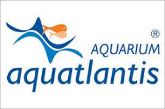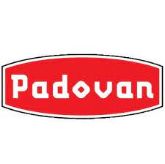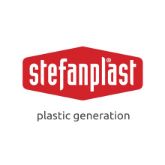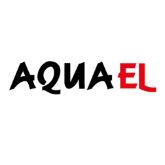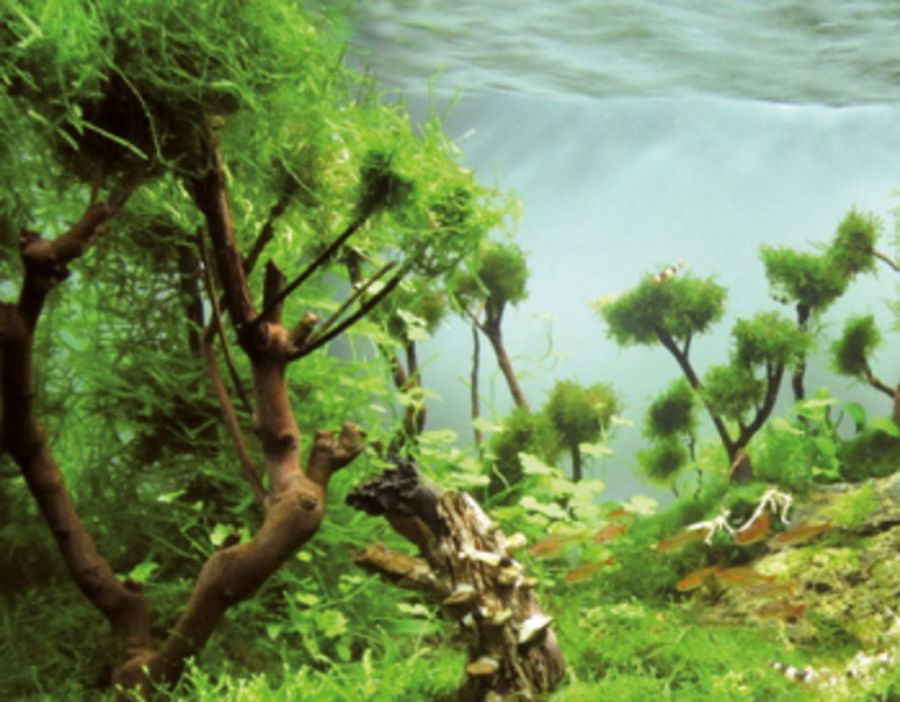
Different requirements
More and more aquarium owners are getting the “aquascaping" bug. Aquascaping is the modelling of landscapes under water. This can be a mountain landscape or a natural habitat (biotope). Aquascapers have somewhat different requirements than the average aquarist: they will keep more plants and more demanding ones, and they will have fewer or no fish in the aquarium. And this is where the main differences lie compared to the "normal" community aquarium: There is a lot of feeding in a community aquarium and this provides a certain amount of nitrogen and phosphates. In a plant-dominated aquarium these nutrients are in short supply and need to be added separately ( PROSCAPE Special NPK fertiliser). In a community aquarium a fertiliser like this would lead to overfertilisation and thus be nonsensical. Water tests will help you check the individual fertiliser components in the water so that you can adapt the dosage precisely to suit your aquarium.
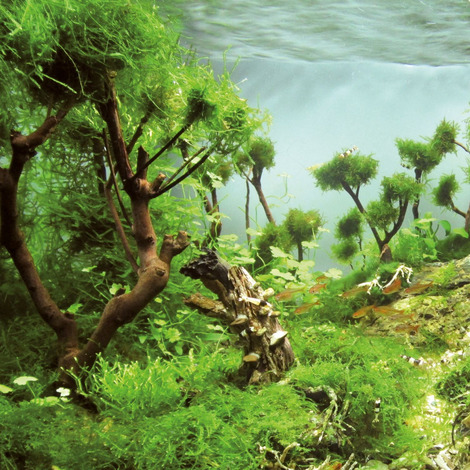
The right tools
Every aquascaper needs the right tools , to do work on the aquarium. And there are also crucial differences in the choice of substrate: aquascapers use special baked earths called SOIL. For aquascaping aquariums without invertebrates, SOILs are maximally loaded with plant nutrients ( JBL PROSCAPE PLANT SOIL BROWN ). For aquariums with invertebrates there is a second soil variant which is identical to the JBL PROSCAPE PLANT SOIL, but has NOT been additionally loaded with fertiliser ( JBL PROSCAPE SHRIMPS SOIL BROWN ). Aquascaping aquariums with many plants naturally need a lot of light. The control computer JBL LED SOLAR CONTROL for the LED SOLAR lamps has an extra programme for plant aquariums ( Aquascaping aquarium type JBL Dreamscape® ). Practically all aquascapes need a CO2 fertilisation system. Their many and often demanding aquarium plants have an enormously high CO2 requirement.



